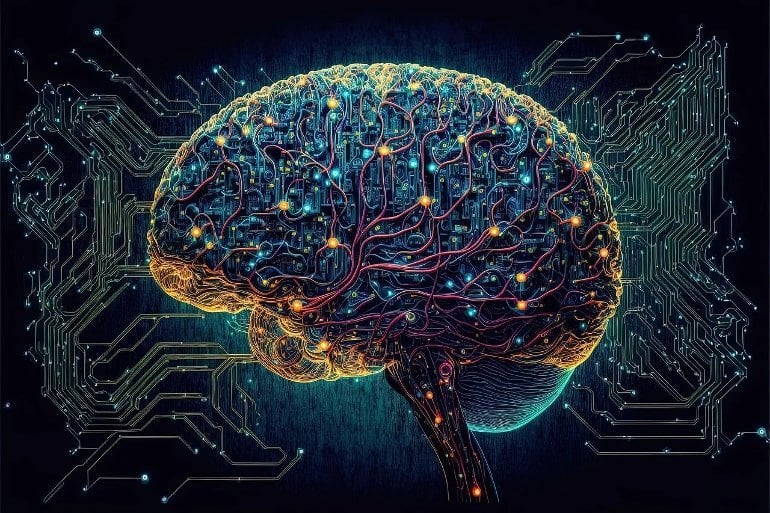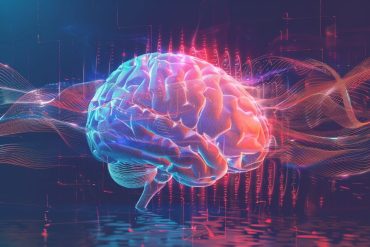Summary: Advancements in brain mapping and the development of new digital tools over the past decade have opened the door to exciting new discoveries in neuroscience and brain sciences.
Source: University of Oslo
A billion people worldwide suffer from brain diseases such as dementia, addiction and depression. Scientists carrying out brain research at UiO are now contributing to a more efficient utilization of research data by developing 3D brain atlases and new analytic tools.
For 10 years researchers at the Institute of Basic Medical Sciences at the University of Oslo have participated in one of the largest EU projects Norway has ever been a part of—The Human Brain Project, to which the EU Commission has invested more than 400 million euros to establish new tools and infrastructures for sharing and using research data more efficiently.
Under the leadership of professors Jan G. Bjaalie and Trygve B. Leergaard, the UiO researchers have created new digital tools and a brain atlas that open up new possibilities for collating and utilizing research data.
A huge number of nerve cells process information
“The brain is the most complicated biological structure we know of,” says Leergaard.
The huge number of nerve cells in the brain make up an intricate network that processes and stores information and also plans and implements thought processes and activities.
Vast resources are being invested in various kinds of experimental brain research that generates a great deal of information about the organization of the brain at different levels.
“But up until now, collating and comparing experimental data of this kind has posed a big challenge,” he says.

“We are therefore creating new neuroinformatics tools that will enable us to share and merge completely different types of data,” explains Bjaalie.
Researchers can study different mechanisms that cause neurological diseases
Bjaalie is leader of infrastructure development on the Human Brain Project. This was launched under the name of EBRAINS in 2019 and is included in the EU’s roadmap for research infrastructures.
“One of our contributions is a three-dimensional brain atlas of animal models that can be used to understand how the brain’s complicated network of nerve cells is developed and configured,” explains Leergaard.
“Apart from helping us to understand how the nerve network in the brain is organized, the brain atlas and analysis tools are used to study the various mechanisms that result in diseases such as dementia, addition and depression,” he adds.
The two scientists have written a review article “Atlas-based data integration for mapping the connections and architecture of the brain,” which was recently published in the journal Science.
In the article, they describe how these new methods open up new possibilities for a more efficient study of large-scale nerve networks in mice and rats.
About this neuroscience research news
Author: Cecilie Bakken Høstmark
Source: University of Oslo
Contact: Cecilie Bakken Høstmark – University of Oslo
Image: The image is in the public domain
Original Research: Closed access.
“Atlas-based data integration for mapping the connections and architecture of the brain” by Trygve B. Leergaard et al. Science
Abstract
Atlas-based data integration for mapping the connections and architecture of the brain
Detailed knowledge about the neural connections among regions of the brain is key for advancing our understanding of normal brain function and changes that occur with aging and disease.
Researchers use a range of experimental techniques to map connections at different levels of granularity in rodent animal models, but the results are often challenging to compare and integrate. Three-dimensional reference atlases of the brain provide new opportunities for cumulating, integrating, and reinterpreting research findings across studies.
Here, we review approaches for integrating data describing neural connections and other modalities in rodent brain atlases and discuss how atlas-based workflows can facilitate brainwide analyses of neural network organization in relation to other facets of neuroarchitecture.







